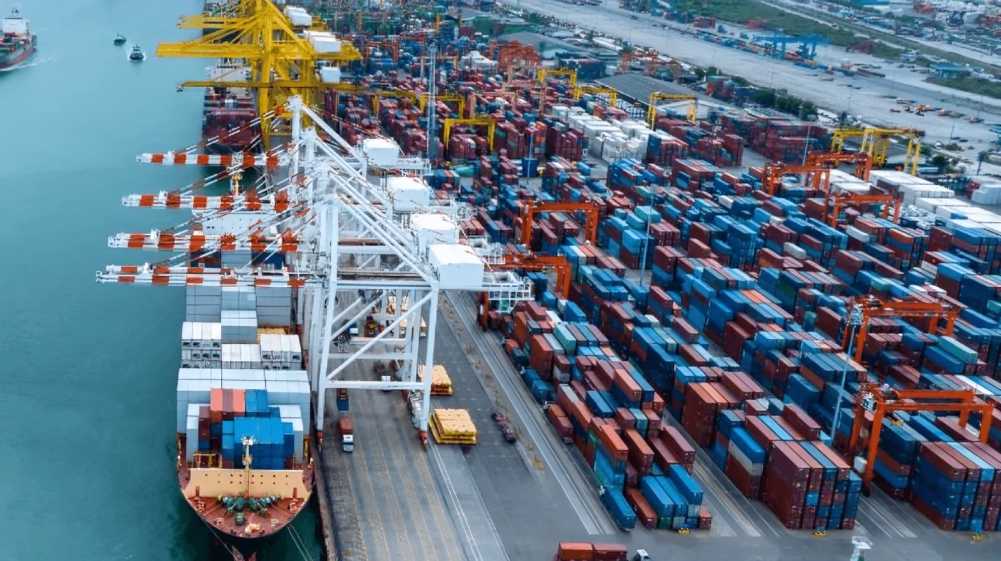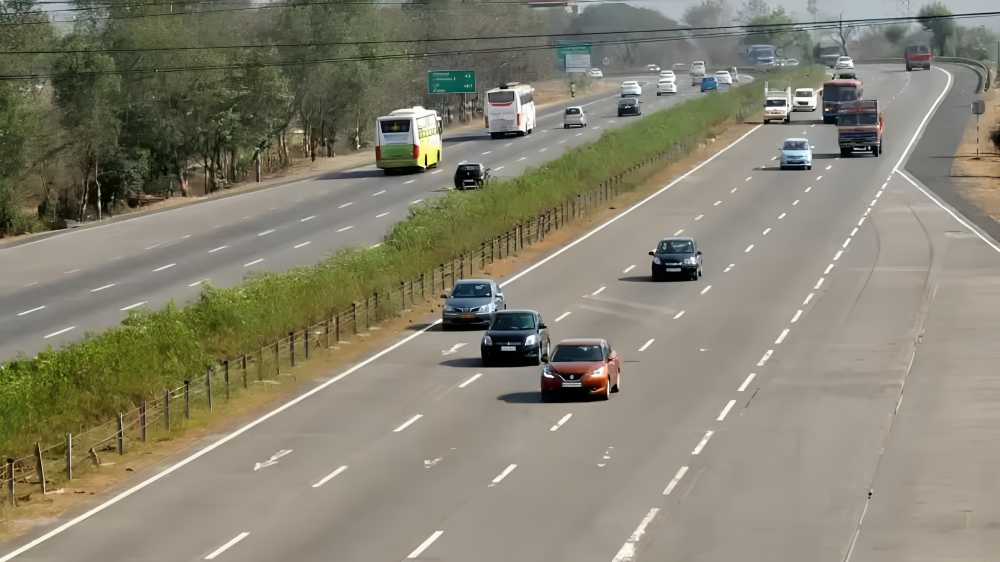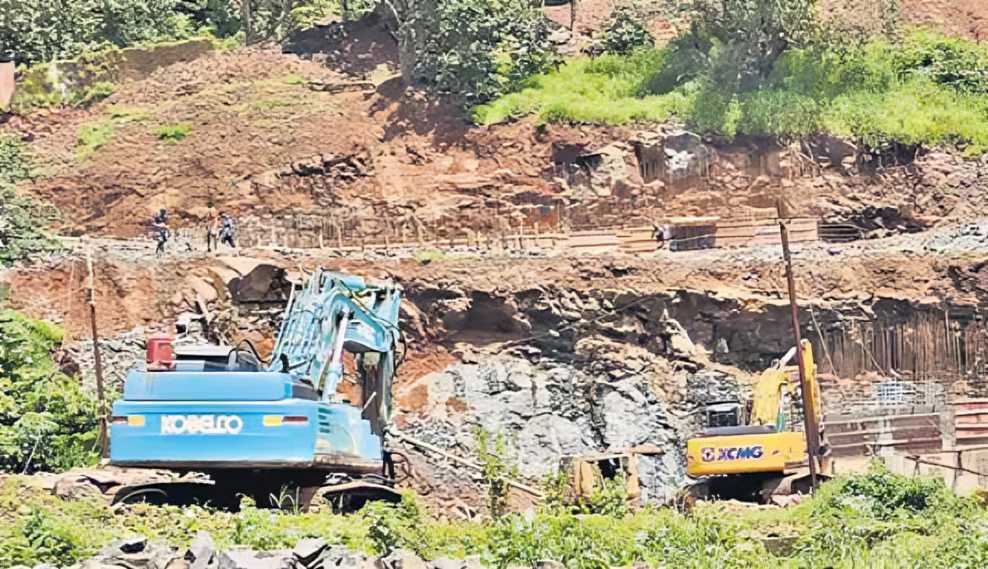Despite having a robust highway and motorway network, many district and taluka roads in Maharashtra are still in poor condition. The Maharashtra State Infrastructure Development Corporation (MSIDC) has started a 6,000-kilometer road project valued at Rs 37,000 crore to close this gap. Brijesh Dixit, managing director of MSIDC, discusses the company’s approach to major projects and long-term economic benefits in an interview.
MSIDC’s core mission is to enhance government resources for infrastructure development. It secures funding through various models, including the Build-Operate-Transfer (BOT) model, where private investors contribute to public infrastructure. Another focus area is monetizing government assets, such as developing barren land to generate additional resources. MSIDC plays a key role in executing projects within Maharashtra and beyond, covering 22 infrastructure sectors identified under the National Infrastructure Pipeline, including roads, railways, metros, airports, power, and industrial infrastructure.
The Hybrid Annuity Model (HAM), which strikes a balance between public and private sector investment, is one of MSIDC’s main projects. HAM guarantees quicker execution, whereas earlier BOT projects relied solely on private investment, which frequently resulted in delays. According to the conventional approach, private organisations invest 60% and the government 40%. Maharashtra, on the other hand, has taken a different tack and reversed the ratio, with private companies investing 40% and MSIDC contributing 60%. MSIDC obtains funding at competitive rates from financial institutions to alleviate the financial load, guaranteeing improved project execution and prompt project completion.
The 6,000-km state-wide road development initiative is based on this model, ensuring high-quality concrete roads with a 17.5-year project cycle, including maintenance under MSIDC’s oversight. Apart from roads, MSIDC is undertaking significant projects such as the Divisional Commissioner and District Collector Office in Nagpur, an auditorium at an agricultural college, and veterinary colleges in Shirdi and Akola.
Additionally, MSIDC is working on the 250-km Pune-Chhatrapati Sambhaji Nagar Motorway, which includes India’s longest 55-km elevated stretch, the upgrading of Kalamboli Circle in Navi Mumbai, and the construction of highways that connect Pune to Solapur and Talegaon to Shikrapur through the Ministry of Road Transport and Highways (MoRTH).
Sustainability remains a priority, with MSIDC integrating green infrastructure practices. Projects utilise eco-friendly materials like fly ash in cement, promote energy efficiency, and follow green building standards with natural ventilation, solar energy solutions, and water recycling systems.
With project details easily accessible online, transparency is also essential to MSIDC’s operations. MSIDC has started large-scale projects on roads, highways, and commercial buildings in just 16 months, and it will eventually cover all 22 infrastructure sectors that fall within its purview.
Source: The Indian Express





